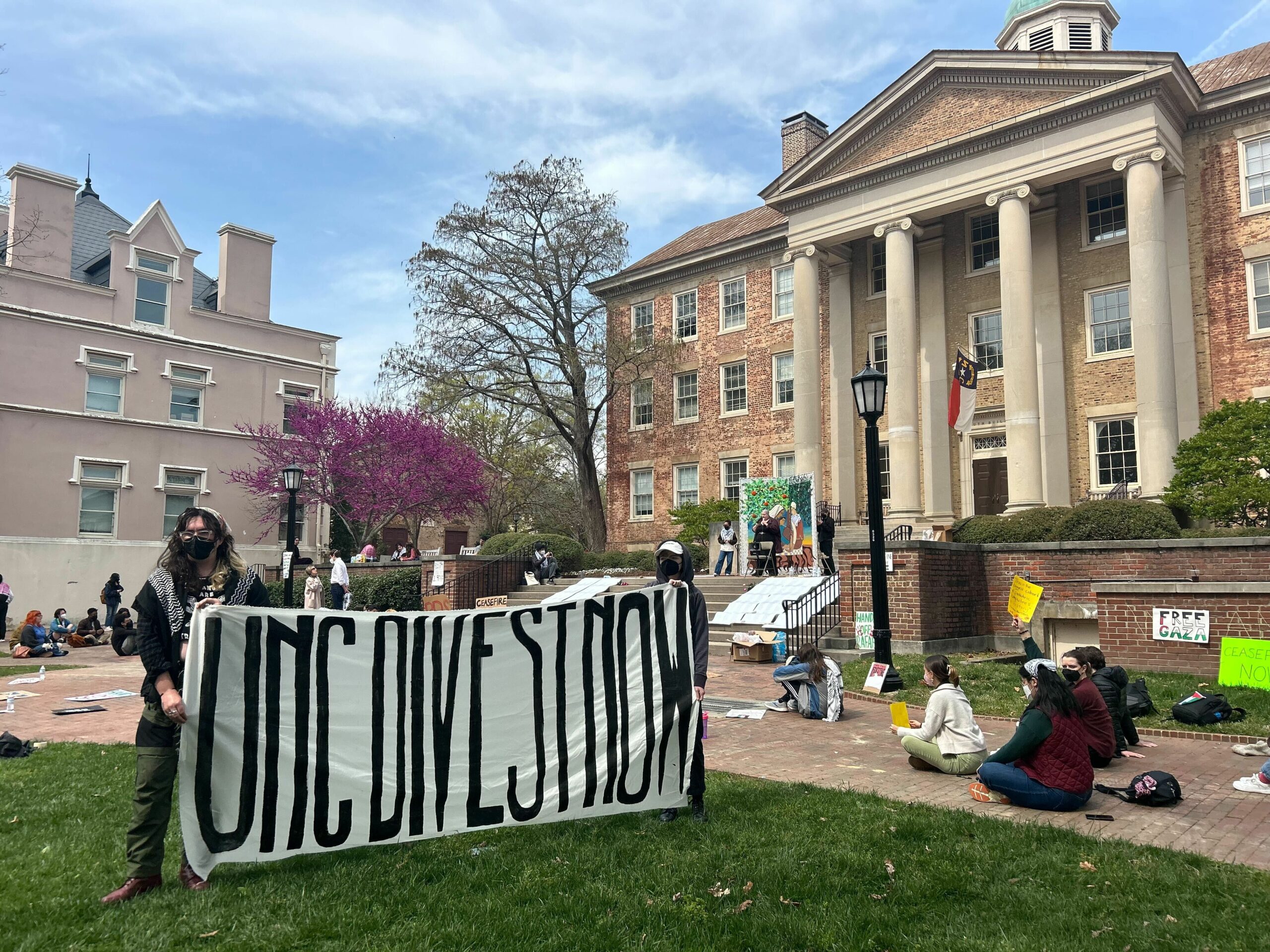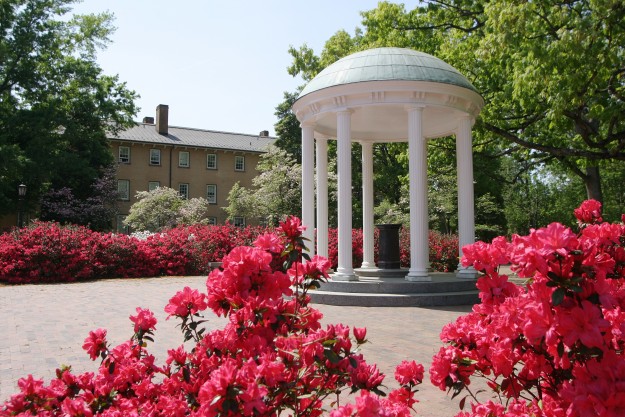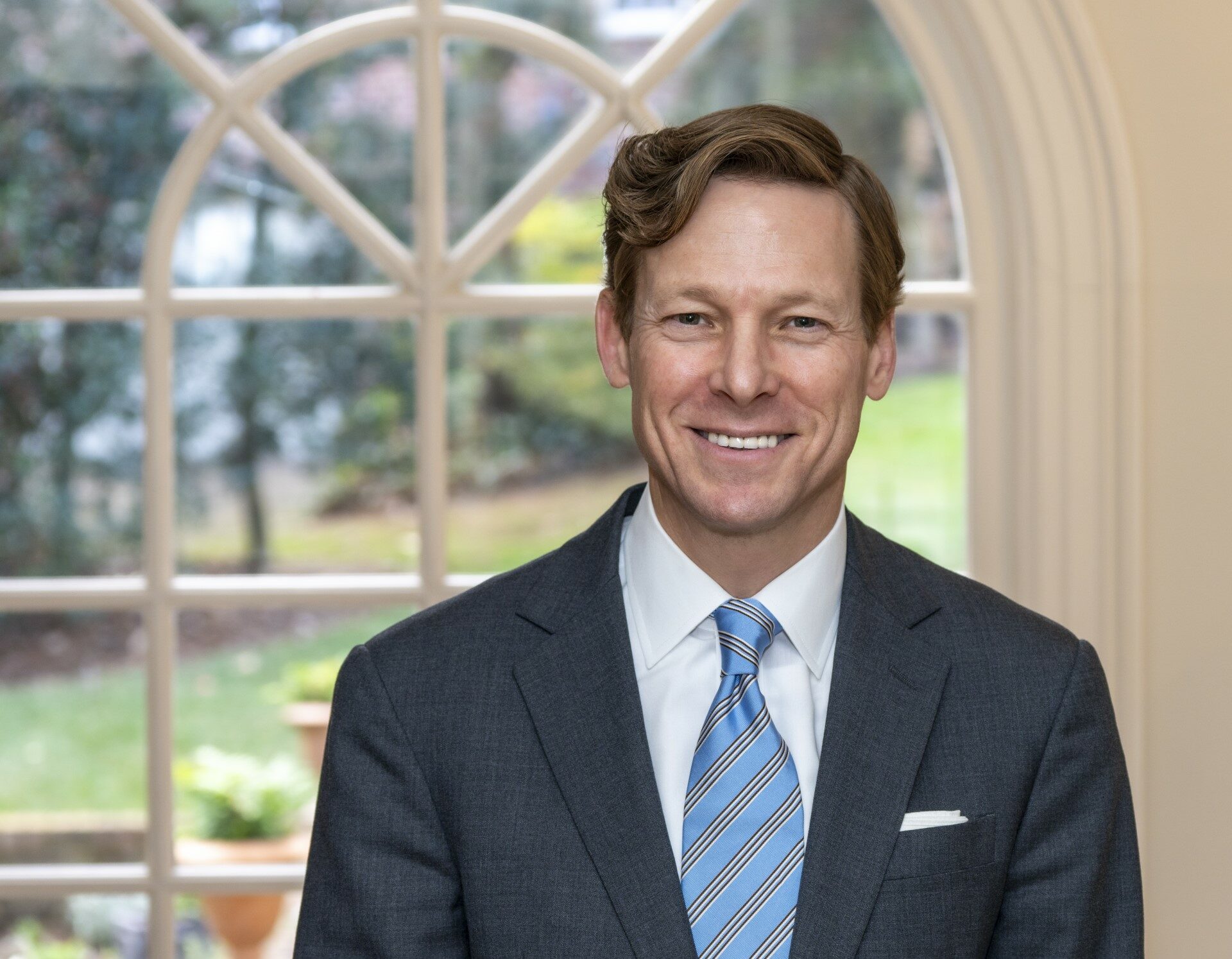The UNC School of Medicine is introducing new curriculum and could be moving into a new facility.
This was part of a presentation from Dr. Julie Byerley, vice dean for education and chief education officer at the school.
She laid out curriculum changes to the Board of Trustees at its meeting on Thursday. Byerley said the principles of the curriculum would be that it is student-centered and patient based, provide a strong foundation for entry into graduate medical education and be responsive to the changing healthcare environment, among other things.
The changing curriculum is intended, she said, to best prepare the next generation of doctors in the Tar Heel state and around the world.
The next generation could be learning and training in a new facility as well, if the Connect NC bond proposal is passed by voters in March.
UNC Chancellor Carol Folt said the time has come for a new facility.
“There’s a critical need for more doctors,” Folt says. “They need to be outstanding doctors. We’ve got the capacity to do it. And we need to really improve the facility.”
Berryhill Hall has housed the School of Medicine since opening in 1970, and Byerley pointed to the fact that a lot has changed in the medical field over those nearly 50 years. Dr. Bruce Cairns, chair of the UNC faculty and director of the Burn Center, and his daughter Ashley, who is in her second semester in the School of Medicine, illustrated the differences in how the field is taught now compared with decades ago.
Folt said that UNC needs an update to keep students trained at the most advanced level.
“Healthcare is a team-based endeavor now,” she said. “It is highly connected technologically. And, in good healthcare practice, you start early. You start learning very quickly.”
Folt added that she was thrilled Ashley Cairns was able to articulate the next generation of student’s needs to the board.
“She brought to life the idea that she’s in just her second semester, and she’s already out working in a clinic,” Folt said. “I think that interactive, team-based education is so important, and everyone can really relate to the difference that the facilities make in making that educational opportunity and experience better.”
Board chair Dwight Stone said the facility upgrade would allow Carolina to remain near the top of the list of public medical schools.
“With the advent of technology, the way that we teach differently now,” he said, “those classrooms that we presently have are just not suitable for the way that medical students need to be taught.”
Stone said that it is critical new doctors are educated as an estimated one-third of today’s practicing MDs will be at retirement age by 2020.
“It’s vital that we refill those positions,” he says, “and even add more because our population is continuing to increase as North Carolina is an attractive state for people to come and live.”
The $2 billion proposal includes $68 million for a new medical education building, according to the presentation. The facility has an overall projected cost of $90 million, but vice chancellor for development David Routh said that he does not anticipate raising the additional funding would be a challenge.
North Carolina voters will decide on the bond package in the March primary.
UNC currently has a video message encouraging voters to support the bond:







Comments on Chapelboro are moderated according to our Community Guidelines